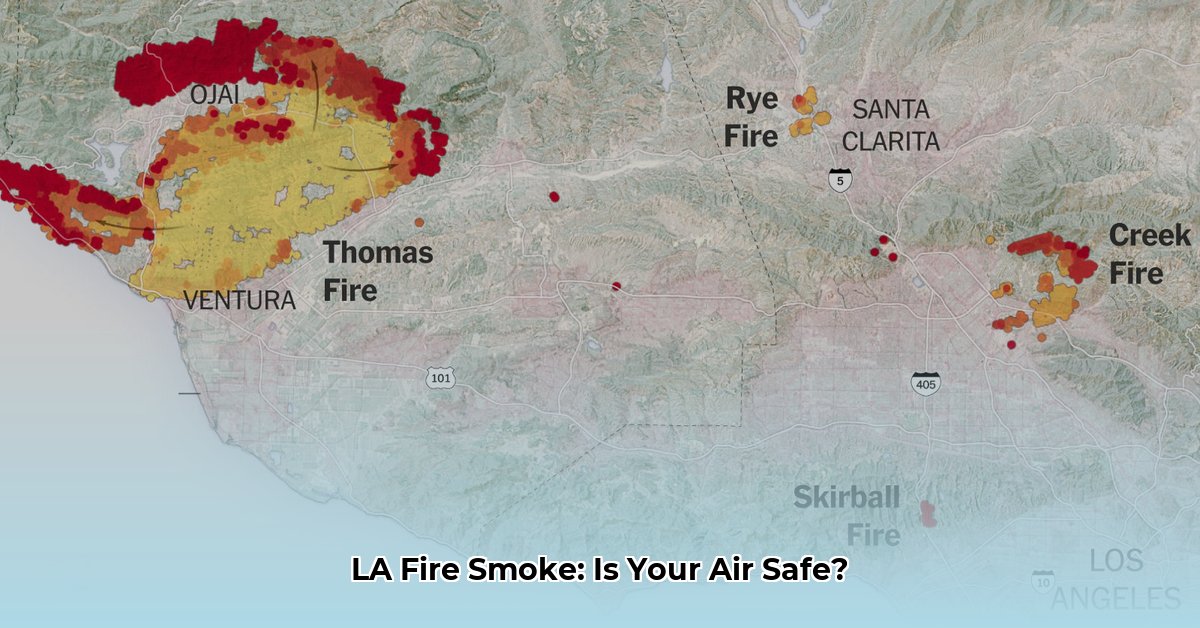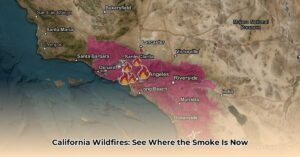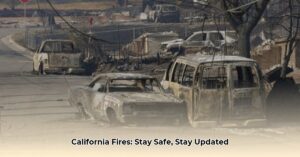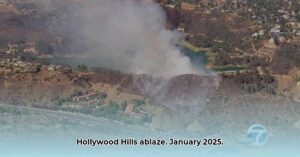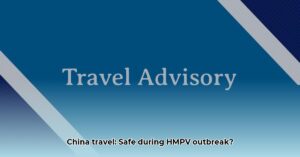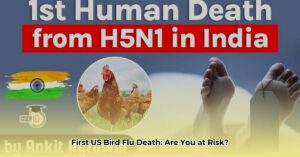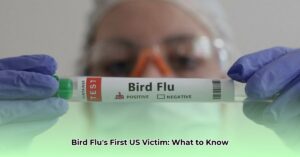Wildfires near Los Angeles can significantly impact air quality, posing potential health risks. This article provides a comprehensive guide to staying informed and safe, utilizing real-time resources, understanding the Air Quality Index (AQI), and implementing effective protective measures.
Track the Smoke: Real-Time Maps & AQI
When wildfires blaze, access to accurate, real-time information is paramount. A Los Angeles fire smoke map, like the one provided by AirNow (fire.airnow.gov), offers a dynamic view of the situation, displaying active fire locations, smoke plume movement, and hyperlocal AQI readings. These maps aren’t static images; they update constantly, reflecting the ever-shifting nature of wildfire smoke. Zooming in allows you to pinpoint your exact location and see the AQI for your neighborhood.
The Air Quality Index (AQI) is your guide to understanding air pollution levels. It’s a color-coded scale ranging from 0 to 500+, with green representing good air quality and maroon signifying hazardous conditions. Each color range corresponds to specific health recommendations, ranging from enjoying outdoor activities (green) to remaining indoors and minimizing exertion (maroon). Think of the AQI as a real-time barometer for your lungs, informing you about the air you’re breathing. Searching “air quality index near me Los Angeles fire” provides relevant, localized resources.
Protecting Yourself: Practical Steps for Smoky Days
Knowing the air quality is the first step. Next, take proactive measures to protect yourself, especially if the AQI in your area is elevated.
At Home:
- Seal Your Home: Close windows and doors tightly. Use weather stripping or tape to seal gaps where smoke can enter. Some experts even suggest using plastic sheeting over windows in extreme cases.
- Filter the Air: Run an air purifier with a HEPA filter to remove smoke particles. If you don’t have an air purifier, create a DIY clean air space by placing a box fan faced outwards in a window, and placing a MERV 13 or higher rated air filter behind it. Turn the fan on high, and it will pull clean air through the filter into the room.
- Designate a Clean Air Room: Choose a room with minimal outside air infiltration and focus your air purification efforts there. This provides a safe haven, especially for vulnerable individuals.
When Outdoors:
- Limit Exertion: Strenuous activities increase your breathing rate, drawing more smoke into your lungs. Avoid or minimize outdoor exercise when air quality is poor.
- Wear an N95 Mask: If you must go outside, wear a properly fitted N95 mask, which effectively filters out smoke particles. Cloth masks or surgical masks don’t provide sufficient protection.
Staying Informed:
- Monitor Official Channels: Stay updated on fire containment, evacuation orders, and air quality alerts through local news, government websites, and emergency alert systems. Enable air quality alerts on your phone for real-time notifications.
- Check the AQI Regularly: Air quality can change rapidly. Monitor the AQI in your area frequently, especially if you live near active fires.
Understanding Health Risks: Smoke Inhalation and You
Wildfire smoke contains tiny particles that can irritate your eyes, nose, and throat, and cause difficulty breathing. Individuals with respiratory conditions like asthma are particularly vulnerable, as smoke can exacerbate symptoms and trigger attacks. Even healthy individuals may experience short-term or potentially long-term health issues from prolonged exposure. Some experts suggest that having a pre-packed “go-bag” ready can reduce stress and facilitate quick evacuation if necessary.
| AQI Range | Air Quality Level | Health Impacts | Recommended Actions |
|---|---|---|---|
| 0-50 | Good | Little to no risk. | Enjoy outdoor activities. |
| 51-100 | Moderate | Acceptable quality, but some pollutants may affect sensitive individuals. | Sensitive individuals should consider reducing prolonged or heavy exertion outdoors. |
| 101-150 | Unhealthy for Sensitive Groups | Children, the elderly, and those with respiratory or heart conditions are at greater risk. | Sensitive individuals should limit prolonged or heavy exertion outdoors. |
| 151-200 | Unhealthy | Everyone may experience health effects. | Everyone should limit prolonged or heavy exertion outdoors. |
| 201-300 | Very Unhealthy | Health warnings of emergency conditions. The entire population is more likely to be affected. | People with heart or lung disease, older adults, children, and teens should avoid all physical activity outdoors. Everyone else should avoid prolonged or heavy exertion. |
| 301+ | Hazardous | Health alert: everyone may experience more serious health effects. | Everyone should avoid all physical activity outdoors. |
Staying Safe: Long-Term Considerations & Resources
While immediate precautions are essential, it’s also crucial to consider the long-term health impacts of wildfire smoke exposure. Ongoing research suggests potential links to various respiratory and cardiovascular problems.
- Talk to your Doctor: If you have concerns about smoke exposure, consult your healthcare provider. They can offer personalized advice based on your individual health needs.
- Ongoing Research: Stay informed about the latest research on wildfire smoke and its health effects. This evolving field continues to provide new insights into both short-term and long-term risks.
By utilizing real-time resources, understanding the AQI, and implementing protective measures, you can effectively mitigate the health risks associated with wildfire smoke. Remember, staying informed and proactive is the best defense against smoky skies.

